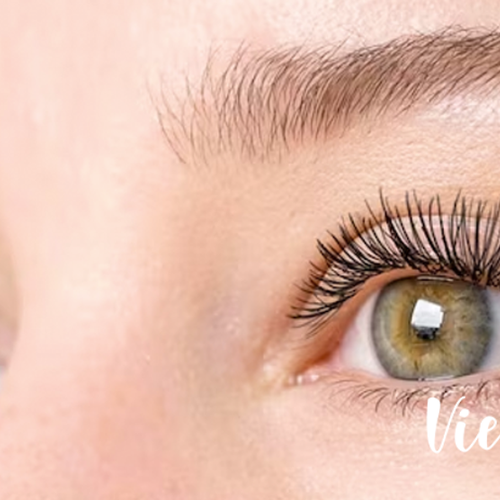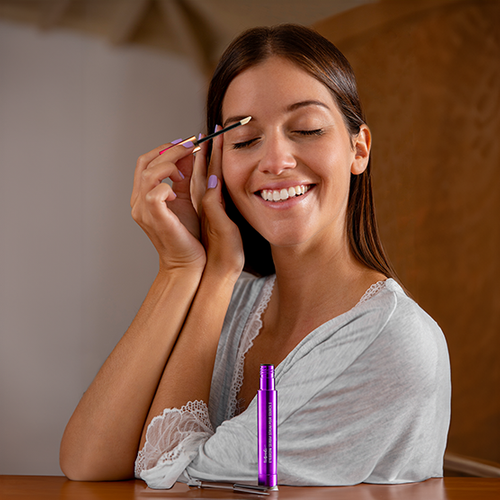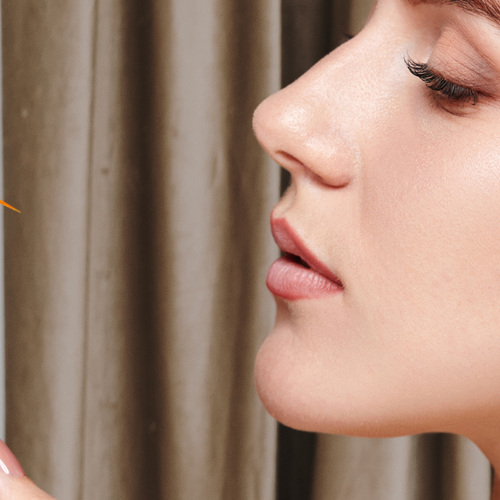A bright, white smile is often perceived as a hallmark of good health and attractiveness, which is why teeth whitening continues to be a favored cosmetic treatment. With numerous options available, it's essential to grasp the different whitening methods, their respective benefits, and any potential limitations to make an educated decision. But before we delve into the details, let us first read a brief history of teeth whitening.
Did you know that:
According to some articles, the practice of teeth-whitening began around 4,000 years ago with the ancient Egyptians, who created a whitening paste using ground pumice stone mixed in wine vinegar. White teeth were a mark of beauty and a sign of wealth.

There were also times that Ancient Romans whitened their teeth using urine (you read that correctly). The ammonia in the urine was the bleaching agent.
During the 17th century, people relied on their barbers for the care of hair and teeth. The barber would file down the teeth and apply an acid that would whiten them. While the practice made teeth whiter, it eroded tooth enamel and led to decay.
Popular bleaching methods — think trays with peroxide — officially started sometime in the late 1980s. Dentists happened to stumble upon the technique quite by accident a couple decades earlier, according to Jean Arthur, a restorative and cosmetic dentist in Providence, R.I. For years, peroxide had been used as an oral antiseptic gel to treat the gums; dentists tried different ways to keep the gel on the gums longer. It became quickly apparent that a side effect of that treatment was that it whitened the teeth.
Fast forward to the 20th century. Where the public has come to demand whiter, more perfect smiles and, in response, many choices for tooth whitening have been made available. These include home-based products such as toothpastes, gels, and films, as well as in-office based systems where products containing highly concentrated bleaching agents are applied under professional supervision.
In this article, let us try to delve into the various teeth whitening methods, their benefits, and the considerations you should consider before whitening your teeth.
Teeth Whitening Methods
1. In-Office Whitening
In-office whitening is a professional treatment performed at your dentist’s office. It involves the application of a high concentration bleaching agent, which is often activated by a special light or laser.

-
Preparation: The dentist applies a protective barrier to your gums and soft tissues to prevent irritation from the bleaching agent.
-
Application: A powerful whitening gel is applied to the teeth. This gel contains a high percentage of hydrogen peroxide or carbamide peroxide.
-
Activation: The gel is often activated with a special light or laser to enhance its whitening effect.
-
Completion: The process usually takes about 60-90 minutes, and you may require one or two sessions depending on the desired results.
2. At-Home Whitening Kits
At-home whitening kits provide a more flexible and cost-effective option. They come in various forms, including whitening strips, trays, toothpaste and others.Types:
-
Whitening Strips: Thin, flexible strips coated with a whitening gel are applied to the teeth. They typically need to be worn for 30 minutes to an hour each day over a period of 1-2 weeks.
-
Whitening Trays: Custom-made or pre-filled trays hold a whitening gel against your teeth.
-
Whitening Toothpastes: These contain mild abrasives or chemical agents to remove surface stains. They do not change the intrinsic color of teeth but can help maintain whiteness.
-
Other Whitening Products: Products like gel pens or teeth whitening pens allow accurate application of whitening gel on each tooth's surface. Also, innovative products like LED teeth whitening is another emerging trend that harnesses the power of light to brighten the smile. Unlike traditional whitening methods that rely on chemical agents to bleach the teeth, LED whitening uses light energy to accelerate the whitening process. This approach is gentle, non-invasive, and suitable for individuals with sensitive teeth.

3. Natural and DIY Methods
Natural and DIY whitening methods are popular for those seeking budget-friendly and less chemical-intensive options.

-
Baking Soda and Lemon Juice: Mixing these ingredients creates a paste that can help remove surface stains. However, frequent use can damage enamel due to acidity.
-
Activated Charcoal: This substance can absorb toxins and stains. It’s applied in powdered form or as part of a toothpaste.
-
Oil Pulling: Swishing coconut or sesame oil in your mouth is believed to help reduce staining and improve oral health.
Benefits of Teeth Whitening
-
Enhanced Appearance: A whiter smile can dramatically improve your appearance, making you look more vibrant and youthful.
-
Boosted Confidence: A brighter smile can enhance self-esteem and make you feel more comfortable in social and professional settings.

-
Youthful Look: White teeth are often associated with youth, helping to create a more youthful appearance.
-
Encouragement for Good Oral Hygiene: A newly whitened smile can motivate you to maintain good oral hygiene practices to keep your teeth looking their best.
Considerations Before Whitening
-
Dental Health: Ensure your teeth and gums are healthy before starting any whitening treatment. Whitening can exacerbate existing dental issues or sensitivity.
-
Staining Agents: Be aware of foods and drinks that can cause staining, such as coffee, red wine, and tobacco, which may affect the longevity of your results.
-
Realistic Expectations: Understand that whitening may not be effective on all types of discoloration, such as deeply ingrained stains or certain dental restorations.
-
Consultation: Always consult with your dentist before beginning any whitening treatment to determine the best method for your specific needs and to avoid potential complications.

We are lucky enough that in this new generation, as technology advances and consumer demand grow, the landscape of teeth whitening is evolving. Teeth whitening can be a powerful tool for enhancing your smile and boosting your confidence. By understanding the different methods, whether professional in-office treatments, at-home kits, or natural remedies, you can choose the option that best suits your needs and lifestyle. Remember to consider factors such as cost, time commitment, and potential side effects. Consulting with your dentist will ensure you select the safest and most effective approach for achieving a brighter, more radiant smile.
Products Recommended:
VieBeauti Teeth Whitening PenVieBeauti Deluxe Teeth Whitening Kit
VieBeauti Teeth Whitening Kit - 5X LED Light Tooth Whitener







0 comments